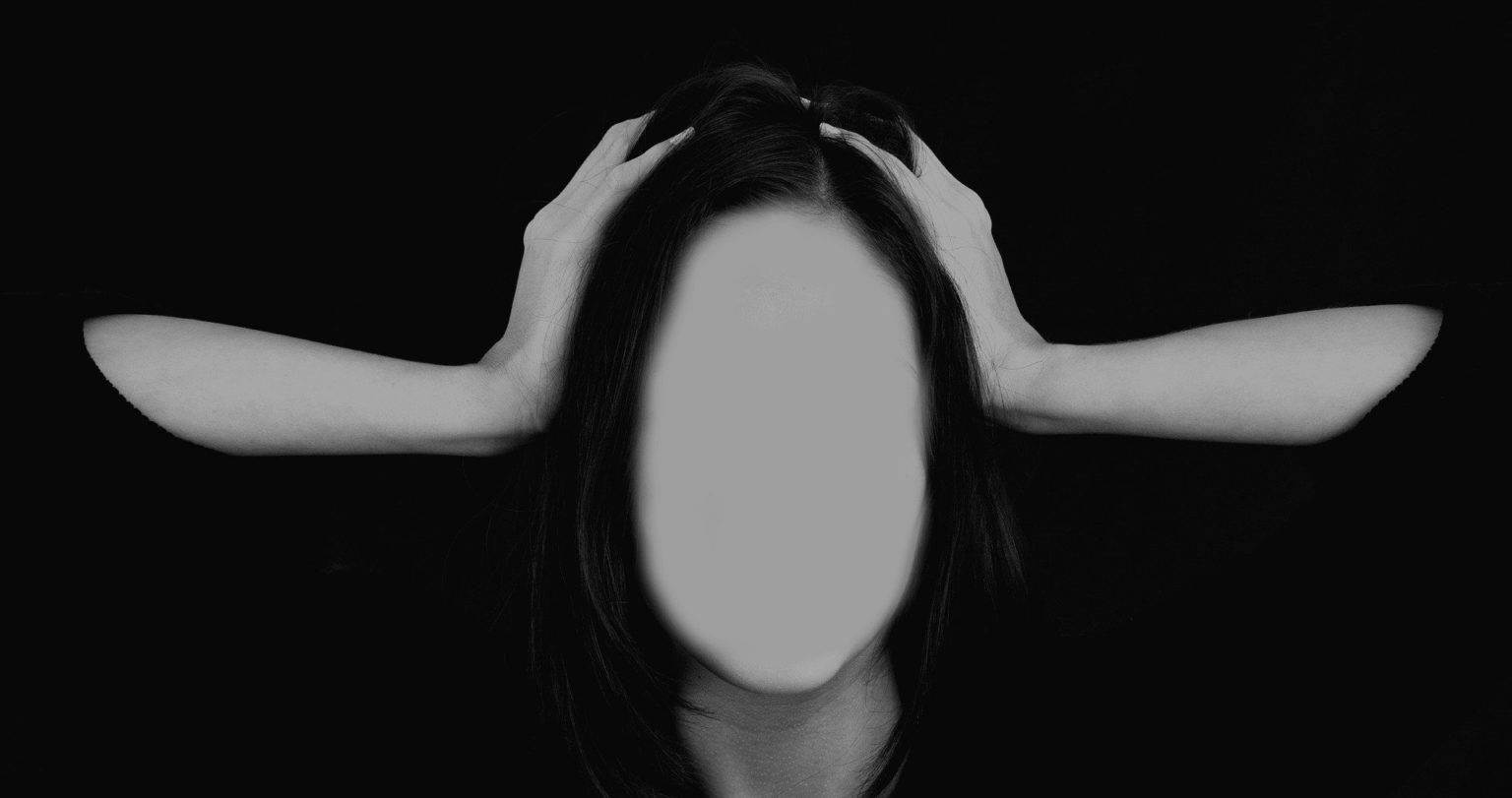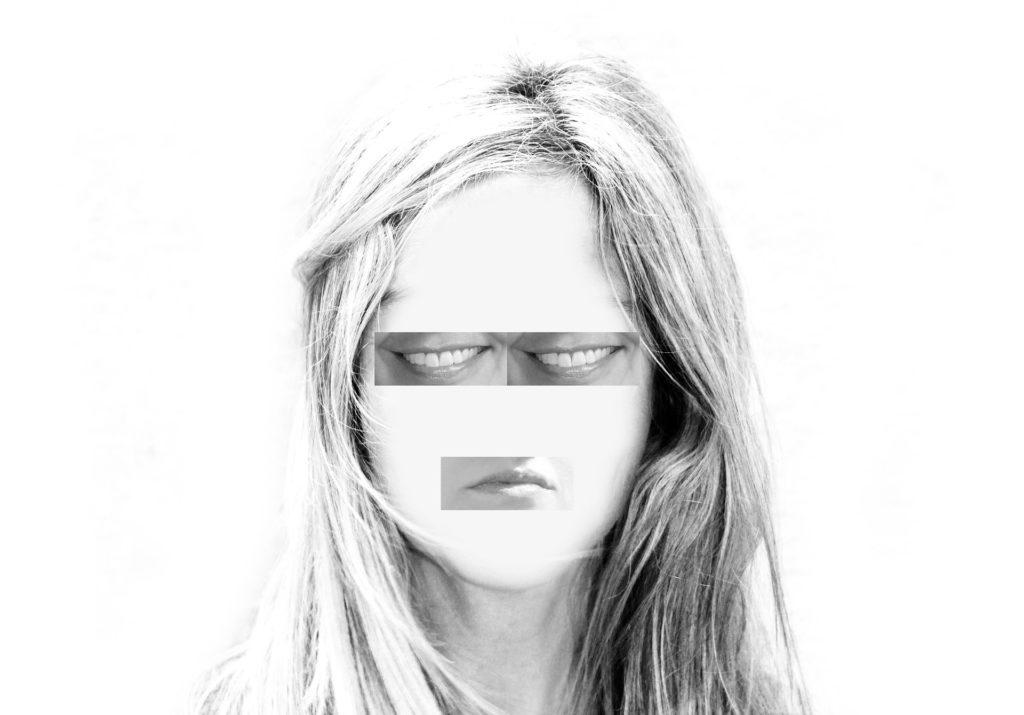
Bipolar disorder
The WHO explains that there are a wide variety of mental disorders, each with different manifestations. In general, they are characterized by a combination of disturbances in thought, perception, emotions, behavior, and relationships with others.
On March 30, the birth of Vincent Van Gogh, one of the most important and influential artists in the world, is celebrated. Some know that the painter was posthumously diagnosed as having probably bipolar disorder, which is why this date was set to commemorate this disease. Today is commemorating Bipolar Disorder Day (WBD) and therefore we have put together this information space to raise awareness and a better understanding of Bipolar Disorder (WBD).
Being able to pinpoint the boundary between health and disease is often difficult to clarify, in the  of mental health there is an approach to diagnoses that can be made if we consider the aspects of a psychopathological clinical evaluation. In the case of Bipolar Disorder (WBD) this has been described according to the American Psychiatric Association (APA) as one of the brain disorders that cause changes in a person’s mood, energy and functioning capacity. For the American Psychiatric Association (APA) people with it have extreme and intense emotional states that occur at different times, called mood episodes.
of mental health there is an approach to diagnoses that can be made if we consider the aspects of a psychopathological clinical evaluation. In the case of Bipolar Disorder (WBD) this has been described according to the American Psychiatric Association (APA) as one of the brain disorders that cause changes in a person’s mood, energy and functioning capacity. For the American Psychiatric Association (APA) people with it have extreme and intense emotional states that occur at different times, called mood episodes.
These mood episodes are classified as manic, hypomanic, or depressive. People with bipolar disorders generally also have normal mood periods.
In the American Psychiatric Association (APA) DSM classification of mental illnesses, bipolar disorders are classified as: bipolar I, bipolar II and cyclothymic disorder.
Each classification is specific for its symptoms and we briefly explain its characteristics.
Bipolar I Disorder: can cause dramatic mood swings, manic episode and depressive episode present. Bipolar I Disorder is often diagnosed when a manic episode characterized by:
- Less need for sleep
- Talk more than usual, speak loud and fast.
- Easily distracted
- Do many activities at once, schedule more events in one day than can be accomplished
- Increased risk behavior (eg, reckless driving, overspending)
- Uncontrollable career thoughts or rapidly changing ideas or themes
- Exaggerated self-esteem or grandiosity
Bipolar II Disorder: Often those with Bipolar II Disorder have at least one major depressive episode and hypomanic episode. Those who have it are likely to seek treatment for the symptoms of major depression as they are usually more severe. A hypomanic episode is similar to a manic episode but the symptoms are less intense and can last just under four days. The major depressive episode is:
A period of between one or two weeks in which a person has at least five of the following symptoms:
- Intense sadness or despair; feeling helpless, hopeless or worthless
- Loss of interest in activities that you previously enjoyed.
- Feeling worthless or guilty
- Sleep problems: sleeping too little or too much
- Feeling restless or agitated (eg, walking or wringing hands), or talking or moving slowly
- Changes in appetite (increase or decrease)
- Loss of energy, fatigue.
- Difficulty concentrating, remembering to make decisions
- Frequent thoughts of death or suicide.
- Suicide attempts
Cyclothymic Disorder: It is a milder form of bipolar disorder that involves many mood swings, with hypomania and depressive symptoms that occur frequently and fairly consistently. People with cyclothymia experience emotional ups and downs, but with less severe symptoms than bipolar I or II.
There are factors such as the environment, the consumption of drug-like substances, alcohol, among others, high levels of stress, sleep disorder, which can trigger episodes in those most vulnerable.

Bipolar disorder alters a person’s life and relationships, especially with those who cope and at the same time can cause greater difficulties at work or school, but this disorder has specialized treatment, which includes psychotherapy and special medications. The most frequently used medications for the disorder are antidepressants and mood stabilizers, this according to the person’s symptoms.
Those who suffer from the disorder must be in psychiatric and psychotherapeutic care, in addition to receiving the accompaniment of family and friends. As a mental illness, it represents an important challenge for those who suffer from it, for health personnel, family and friends, which is why today we try to break down the barriers and stigma surrounding Bipolar disorder, since these prevent the correct diagnosis and At the same time, the attention and timely care they require.

Lic. Psic. Casandra Díaz Cisneros
Responsable of the Psychology Unit at Irega Acapulco
